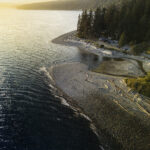How to Edit a Sequence Timelapse Using Photoshop
Creating a time-lapse from a sequence of images can be a rewarding way to showcase the passage of time, whether it’s a sunset, the movement of clouds, or the hustle and bustle of a city. Adobe Photoshop offers a straightforward method for assembling and editing your time-lapse. Here’s a step-by-step guide to help you create a stunning sequence time-lapse using Photoshop.
Prepare Your Image Sequence
Before you begin editing, make sure your images are ready:
- Organize Your Files: Place all your time-lapse images in a single folder, and ensure they are named sequentially (e.g., image001.jpg, image002.jpg, etc.). This will make importing them into Photoshop easier.
- Image Format: It’s best to shoot in RAW format for more editing flexibility, but JPEGs will work fine if you want to save space.
Tip: If your images are in RAW format, consider doing basic edits like exposure, contrast, and white balance in Adobe Lightroom or Adobe Camera Raw before importing them into Photoshop.
Import the Image Sequence into Photoshop
- Open Photoshop.
- Go to File > Open.
- Navigate to the folder containing your image sequence.
- Select the first image in the sequence.
- Check the box labeled Image Sequence at the bottom of the Open dialog box.
- Click Open.
Photoshop will automatically recognize the images as part of a sequence and import them as a video layer.
Tip: After clicking Open, a dialog box will prompt you to set the frame rate. Choose a frame rate depending on how fast you want the time-lapse to play (24 fps is standard for video, but 30 fps can make the motion appear smoother).
Adjust the Time-Lapse Sequence
Once your image sequence is loaded as a video layer:
- Open the Timeline panel by going to Window > Timeline.
- The Timeline panel will display your sequence as a video layer.
- You can adjust the duration of the time-lapse by dragging the ends of the video layer in the Timeline panel.
Tip: If your time-lapse is too fast or too slow, you can change the duration of the sequence by right-clicking the video layer in the Timeline and selecting Speed/Duration.
Edit the Time-Lapse
Now it’s time to enhance your time-lapse with some editing:
For me – I’ve made my basic edit in Lightroom, just edits to Exposure, Highlights, Shadows, and exported in ,jpgs – but if you haven’t – you can do that now in Photoshop.
- Color Correction: If you didn’t edit the images in Lightroom or Camera Raw, you can do so now. Use Adjustment Layers (e.g., Curves, Levels, Color Balance) to correct color, exposure, and contrast.
- Stabilize Footage: If your time-lapse is shaky, you can stabilize it by using Photoshop’s Warp Stabilizer (found under Filter > Warp Stabilizer VFX).
- Add Effects: Consider adding effects like sharpening, vignettes, or creative color grading using adjustment layers.
Tip: Apply edits to the entire sequence by placing adjustment layers above your video layer in the Layers panel. This way, all frames in your time-lapse will be affected uniformly.
Add Music or Audio (Optional)
If you want to add music or sound effects to your time-lapse:
- In the Timeline panel, click the Music Note icon to add an audio track.
- Navigate to the audio file you want to use and import it.
- Adjust the audio track’s position and length to match the video layer.
Tip: Ensure the audio enhances the mood of your time-lapse without overpowering the visuals.
Render Your Time-Lapse
Once you’re satisfied with your time-lapse, it’s time to export it:
- Go to File > Export > Render Video.
- In the Render Video dialog box, choose a Name and Location for your file.
- Under Preset, select the desired format and resolution (e.g., Adobe Media Encoder > H.264 for MP4).
- Set the Frame Rate to match your project settings.
- Click Render.
Photoshop will now compile your images into a video file.
Tip: For the highest quality, render your video in a resolution that matches your original images (e.g., 4K or Full HD).
Final Touches
Once your time-lapse is rendered, review it to ensure everything looks good. If needed, you can import the video back into Photoshop or another video editing software to make further tweaks, like trimming the start or end, adding titles, or overlaying additional effects.
Final Thoughts
Creating a sequence time-lapse in Photoshop is a powerful way to bring your still images to life. By following these steps, you can transform a series of photos into a dynamic video that showcases the beauty of a scene over time. With practice, you’ll develop a workflow that allows you to create stunning time-lapses quickly and efficiently. So grab your camera, start shooting, and let Photoshop help you tell your story!

